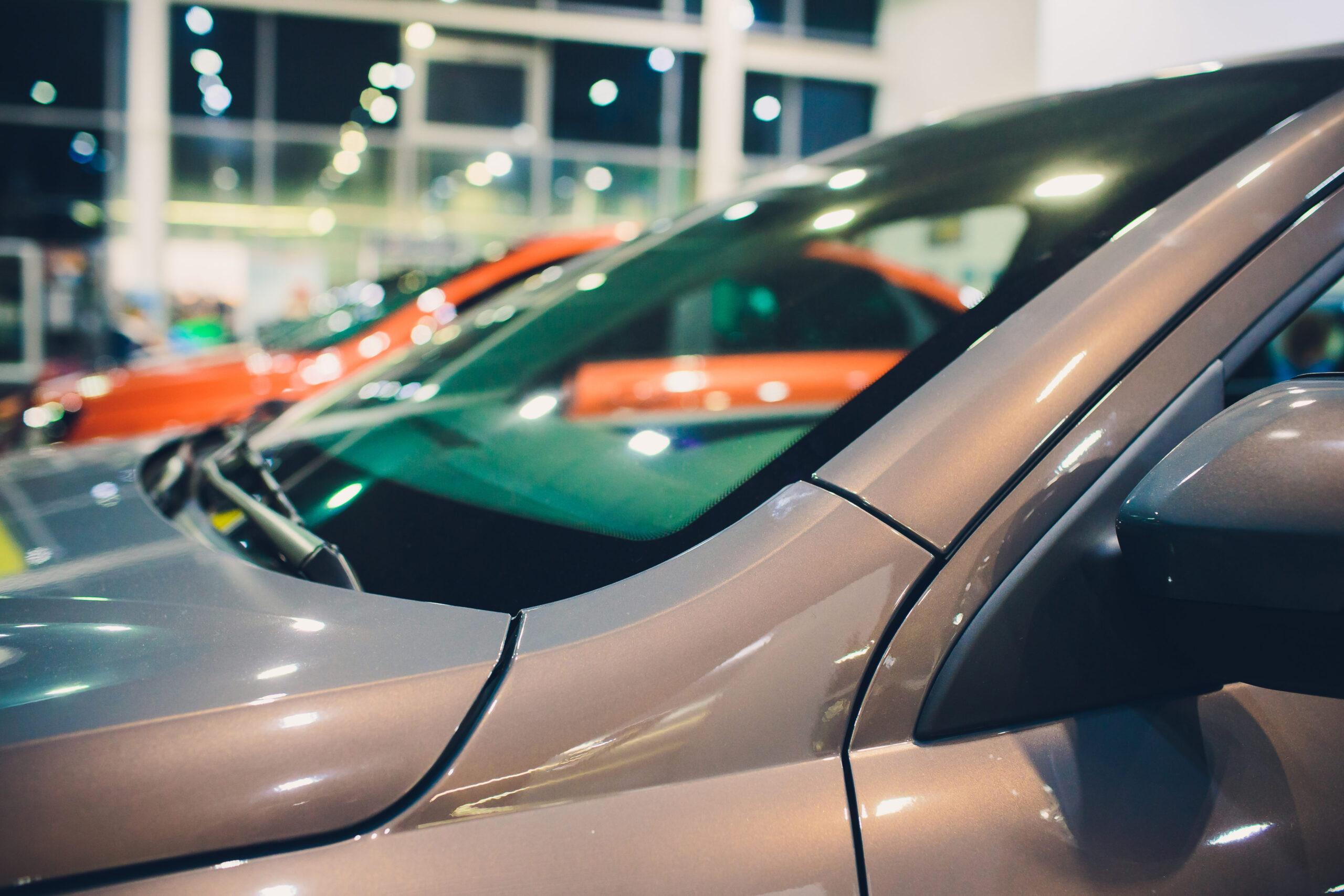Remember the Great Recession? I do. I remember the housing bubble, the bank closures and bailouts, the stock market crash, the massive unemployment numbers, the desperate yard sales, all the people—including many of my friends and family members—who lost their entire life savings…
It was a scary, heartbreaking time. Major societal institutions and pillars of our economy were under existential threat. At one point, it looked like the American automotive industry was about to collapse, with both GM and Chrysler filing for bankruptcy. Everything normal seemed to be slipping away.
But eventually, the world started to recover. Gross domestic product rebounded. People found new jobs. Meanwhile, the government enacted the Dodd–Frank Act and created the Consumer Financial Protection Bureau to stop a similar financial catastrophe from occurring in the future.
It took a while, but the auto industry bounced back as well—and continued to surge. Dealers and manufacturers reported sustained growth for nearly a decade following the recession. It was only recently that auto sales started to slump and economic analysts warned that another recession, albeit a smaller one, could be ahead.
And then something different and entirely unexpected happened: the COVID-19 pandemic.
The speed and scale of our current crisis make the 2008 recession look like, well, a bunch of people crying over yard sales. The job losses, the business closures, the hospitalization rates, the daily deaths—we’ve never experienced anything like this.
Then again, for the auto industry, major worldwide disruptions and uncertainties are nothing new. And perhaps I shouldn’t be surprised that I found valuable perspective—and even a little hope—in a recent Auto Dealer Today interview with Alex Yurchenko and Laura Wehunt of Black Book.
Here’s what Yurchenko had to say about how today’s crisis differs from the economic situation in 2008:
“It’s very, very different. Most of the projections depend on the virus itself, if and when the second wave hits, and how fast we get through this first wave. In 2008, it took a whole year to bottom out. Now we’re talking about a matter of a few months. This is a very different type of recession in terms of timing.
Another big difference is credit. In 2008, credit availability was the main driver for why people were not able to buy cars or real estate. Credit, for now, is not the main issue — it’s the unemployment numbers. They’re the highest they’ve been since the Great Depression.
Another major difference is gas prices. During the last recession, large SUVs and trucks were hit much harder than cars due to high gas prices. This time, in April and May, negative oil prices hit compact cars the hardest. Gas prices are about $2 a gallon, and under $2 in some areas. So, there are many different forces in play.
What we saw [during] last recession is the economy started to retract; manufacturers slowed production gradually, and incentives were very high for a longer time. This time, manufacturers were forced to close factories. That will help with [the ability to lessen] incentives and match new sales to demand faster.”
What Yurchenko is saying is that COVID-19 has had—and continues to have—a profound impact on the industry, but that the effects of the crisis are in some respects less complex than those during and after the 2008 recession. This is a blunter, more immediate event. It’s driven by a tangible threat—a virus—rather than the intangible, tricky economics of shady financial practices. There’s reason to believe that when we’re able to get through this thing, recovery may (emphasis on may) not be as difficult as it was then.
And here’s another slightly positive tidbit from Wehunt:
“A change we have seen recently is that auction houses are starting to be able to loosen restrictions. Now dealers can [sometimes] preview inventory, physically touch vehicles instead of relying on condition reports. That has led to us starting to see a change in sales conversion rates and a stability in pricing.”
In other words, business is starting to adapt. Auctions are starting to open back up, providing dealers with a lifeline they lost when various lockdown measures went into effect in March and April. While COVID-19 is still a very present and challenging reality, there are reasons to feel encouraged about the future, even if—as Yurchenko predicts—“it’s probably going to take longer than three years” for sales to normalize.
Read “Auto Market Update: Analyzing the Impact of COVID-19.”
How will we look back on the COVID-19 crisis? Will we remember it as the end of what was, or as the beginning of a new and better world?
It all depends on the actions we take right now.
Don’t let your dealership or your workers’ livelihoods become history. Protect your people and your bottom line with KPA’s auto industry safety, training, and compliance solutions. Learn more.

